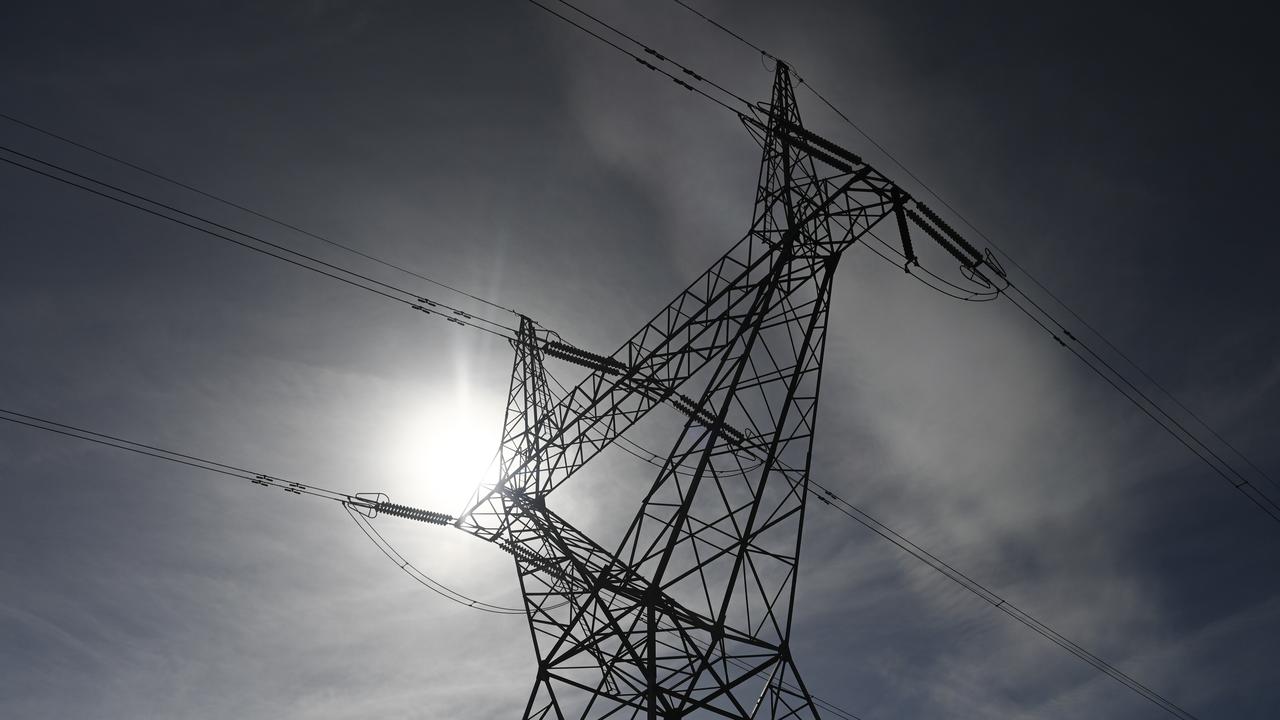Australia’s electricity grid is hurtling towards more blackouts as mammoth renewable energy and storage projects struggle to replace the closure of almost two-thirds of coal generators.
Industry experts and the Australian Energy Market Operator (AEMO) say the national grid is on the edge of historic transformation, warning electricity reliability will be imperilled without rapid and urgent investment.
AEMO’s latest 10-year forecast highlights supply reliability risks across all states in the national grid: New South Wales, Victoria, Queensland and South Australia, saying these have “the potential to be managed” during “most” of that decade.
But the forecast warns of “significantly increased risks if thermal fuels are more scarce, highlighting the importance of maintaining the availability of coal, gas and distillate fuels” and effectively managing their supply chains.
In a stark alternative forecast, independent energy consultant Geoff Bongers warns “the lights will go out” from as early as 2025 if the planned coal generator closures continue and they are replaced only by wind, solar, storage and high-voltage interstate transmission lines.
A Net Zero Australia report released in July finds $1.5 trillion will have to be spent by the end of this decade if Australia is going to meet its emissions reductions targets by 2050.
This $1.5 trillion challenge of transitioning to clean, reliable and affordable power, plus potential solutions, will be examined in a Future Energy series launched today by News Corp Australia. The special reports culminate in a September 15 Sydney event, headlined by Prime Minister Anthony Albanese.
Releasing the 10-year reliability outlook for the National Electricity Market (NEM), AEMO chief executive officer Daniel Westerman said the report highlighted “the pace of Australia’s energy transition and the urgency needed to deliver new investment to ensure reliable, affordable and cleaner energy for consumers”.
Electricity consumption and maximum peak demands are forecast to grow in the next decade, particularly surging in its second half, spurred by developments including electric cars and household gas bans.
“Over the 10-year outlook, we continue to forecast reliability gaps, which are mostly due to the expectation that 62 per cent of today’s coal fleet will retire by 2033,” he said.
“To ensure Australian consumers continue to have access to reliable electricity supplies, it’s critical that planned investments in transmission, generation and storage projects are urgently delivered.”
The AEMO 10-year outlook warns the national grid is “perched on the edge of one of the largest transformations since the market was formed over 20 years ago”.
“The scale of opportunity to meet an imminent and growing need for firm capacity (on-demand power generation), new forms of energy production, and significant consumer energy investments is unparalleled in Australia’s energy history,” the report says.
“This (report) shows that imminent and urgent investment is needed to meet this opportunity, or the reliability of the NEM (national grid) will be at risk.”
The report warns of blackout risks in Victoria and SA from this summer, NSW from 2025-26 and Queensland in 2029-30 and 2030-31.
These reliability risks have the potential to be managed within relevant standards throughout most of the next decade, AEMO says, but it urges governments to forge and implement plans for more energy and transmission resources.
“All jurisdictions have a range of policies that support the development of new capacity to replace retiring generators. Each policy must now prioritise delivering the transmission, and renewable energy and firming generation they target, ahead of announced closures,” the report says.
“Just-in-time investment may not maintain suitable reliability, and delivering on the current development opportunities is now essential.
“The impact of potential coal, gas and diesel fuel shortfalls has been identified as a material risk to the reliability of the NEM. In addition to the need for new generation, transmission and other solutions, the ongoing availability of coal, gas and distillate fuels, and effective management of their supply chains, will be critical to the reliability of the NEM.”
A Keeping the Lights On in a Decarbonised NEM report, co-authored by Dr Bongers, argues a lowest-cost pathway for the energy transition must consider the expense and reliability issues of wind and solar generation lulls – when the wind doesn’t blow and sun doesn’t shine.
“The lights will go out if the system follows AEMO’s (current planned) scenario, closing all coal and building only wind, solar, storage and interconnectors. There will be a detrimental impact on grid security as early as 2025,” the report says.
“ … A future scenario that passes the giggle test is one which has some nuclear, some CCS (carbon capture and storage), some bio mass, a lot of storage and even more wind and solar.
“To achieve such a system will require action to facilitate nuclear power deployment in the 2040s.”
Dr Bongers’ Gamma Energy Technology consultancy’s plan for a low-cost grid includes: a six-fold boost in storage capacity, mostly from the $12bn Snowy 2.0 hydro-electric scheme; a seven-fold increase in gas peaking plants; 4 gigawatts of nuclear power by 2050 and a four-to-five-fold increase in grid-scale solar and wind.
Originally published as Australia’s $1.5 trillion ticking time bomb to meet its emissions reductions targets by 2050
